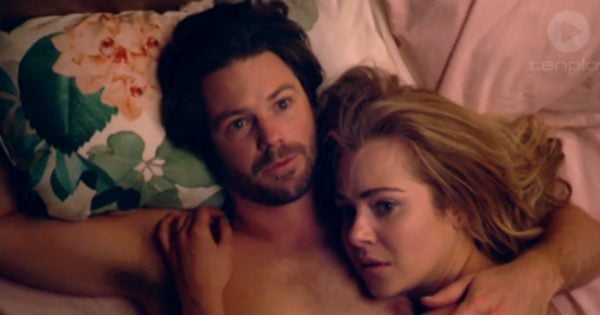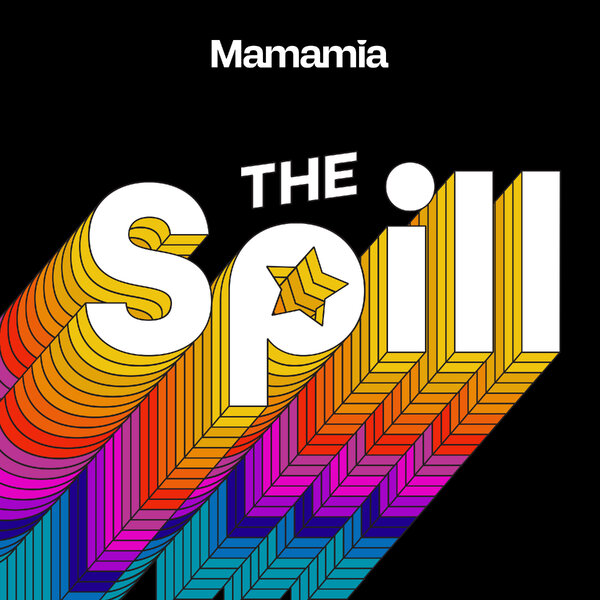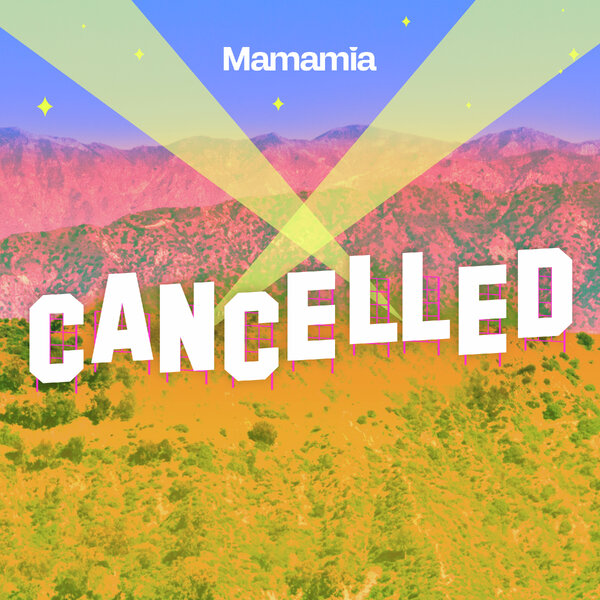As I watched the advertisements leading up to The Wrong Girl, I wondered how this show would be so dramatically different to the others.
All I saw was a wealthy, smart, blonde female journalist looking for love (um, did someone say Carrie Bradshaw?)
It wasn’t until I watched the pilot episode tonight that I noticed what it was that made this particular show so unique in Australian television. In fact, it wasn’t until I was washing my hair in the shower that I thought, sh*t, Zoe Foster-Blake (and the show’s casting team) has nailed it.
Australian television is renowned for being white-washed with bogans and shaggy surfers. I mean, during my time overseas I would be hounded with questions about Australian culture and Home and Away (who even is Brax #amirite).
Listen to Laura Brodnik and Jessie Stephens discuss the truth about The Wrong Girl on The Binge.
Many of these Australian shows seem to think that bringing in tokenised racial characters for a few weeks is a sufficient representation of the Australian community, but the last time I checked, my Asian and Indian friends stick around in my narrative plot for at least a few years.
The Wrong Girl doesn’t just represent the racial diversity that Australia is blooming with, but it is done so naturally that you Don’t. Even. Notice.
Brilliant.
The characters aren’t defined by their race, they aren’t the stereotypical Asian sidekick or the eccentric Indian next door, they are defined by their personality, by who their very essence of who they are.
Rob Collins wasn’t just a token indigenous character, he was represented as an incredibly charismatic (and totally attractive) chef.































































































